The continuity of living organisms is a general law that manifests itself differently in prokaryotic and eukaryotic, unicellular and multicellular organisms. The dividing cells go through a regular series of events that represent the cell cycle.
Completing the cycle requires varying periods of time, depending on the type of cell and external factors, such as temperature or available nutrients. Whether it lasts an "hour or a day, however, the amount of time spent in each of the phases is roughly the same."
As soon as a daughter cell separates, it begins a new life cycle, which will likely end with another mitosis.
The life cycle of the cell, if it does not end with death, is therefore between two mitoses. We can represent it with the symbols M-G1-S-G2-M, where the Ms represent mitoses. The S (synthesis) phase of the cell cycle is the period during which genetic material (DNA) is duplicated. The G phases (English gap = interval) precede and follow the S phase; period G follows mitosis and precedes phase S; the G2 period follows the S phase and precedes mitosis. The set of G and S phases is referred to as interphase. G1 phase, between mitosis and chromosome synthesis, is above all a period of growth of cytoplasmic materials, including the various organelles. Furthermore, during the G1 period according to the "current hypothesis, substances are synthesized that can inhibit or stimulate the S phase and the rest of the cycle, thus determining whether cell division should occur or not. During the G2 phase, structures directly involved in mitosis, such as spindle fibers, are prepared. Some cells repeatedly go through successive cell cycles. This category includes single-celled organisms and some cells in the growing areas of both plants and animals. Some highly specialized cells, such as nerve cells, lose the ability to divide once they are differentiated. A third category of cells retains the ability to divide, but manifests it only in particular circumstances. Human liver cells, for example, do not usually divide, but if part of the liver is surgically removed, the remaining cells (although only about a third of the total remains) continue to divide until the liver has reached its original size; at this point they stop.

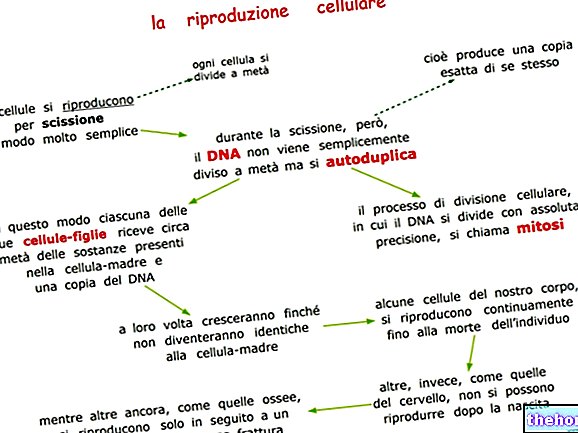
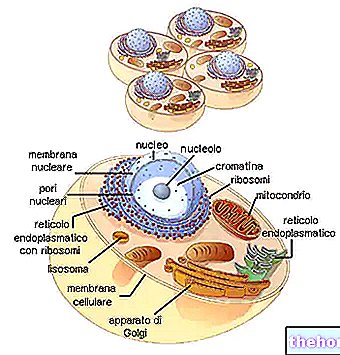

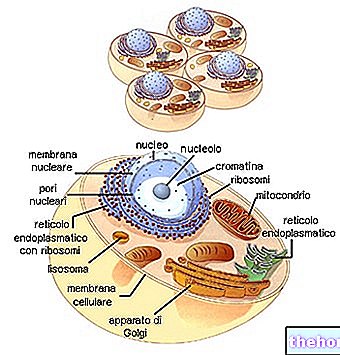
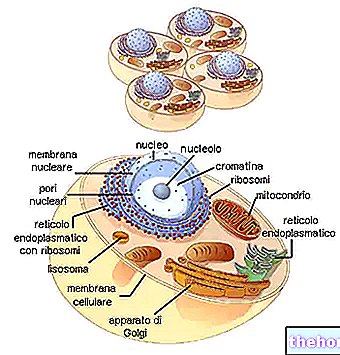
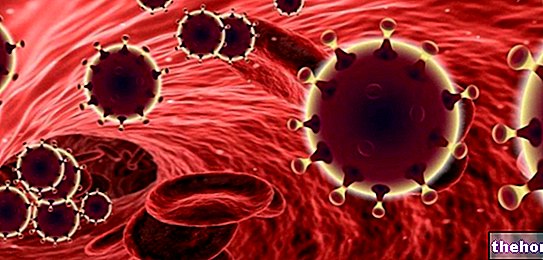









.jpg)











